They are the result of inadequate healing after a previous surgical incision. There are many factors that cause a hernia to appear after surgery, including any pathology that causes increased intra-abdominal pressure.
An incisional hernia causes an increase in the volume of the abdomen, in the area where there is a previous scar (in the center or midline and especially near the navel, usually).
Sometimes it does not cause much pain, but it does cause discomfort when the patient performs physical activity, makes an effort, coughs, etc. At first the mass may disappear when the patient lies down and is more visible when standing up.
When a hernia cannot be reduced, it means that it has become trapped and then more pain, nausea, vomiting, etc. appear. In this case, you should see a specialist without delay.
What treatment do we offer?
We can mention 3 alternatives:
Simple aponeurotic suture.
Mesh prosthesis using open technique
Technique of separation of the parts, oriented for large midline hernias.
Simple aponeurotic suture
Prior to the introduction of polypropylene mesh in the early 1960s, most incisional hernias were repaired with direct suture primary closure techniques.
Mesh repair using open technique
Use of polypropylene mesh, due to its lower cost and because in current practice it produces very satisfactory results.
The polypropylene mesh can be placed either under the rectus abdominis muscles or in the preperitoneum; the important thing is that it does not come into contact with the intestinal loops.
Ideally, when using a mesh made of a non-absorbable material, it should be placed in the preperitoneal region, in contact with well-irrigated tissues such as the peritoneum and muscles, thus making its integration easier and reducing the risk of infection by being installed further away from the skin. Another fact of utmost importance is that the mesh should be installed without tension, since it is fixed with the patient under anesthesia and with muscles relaxed.

